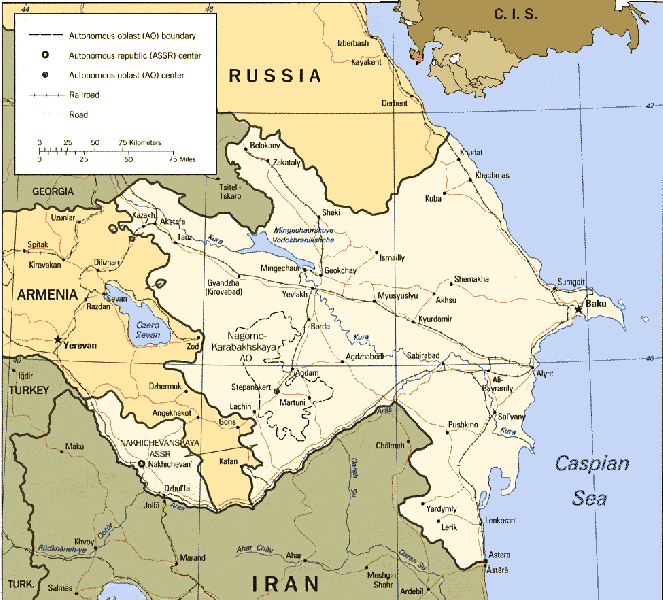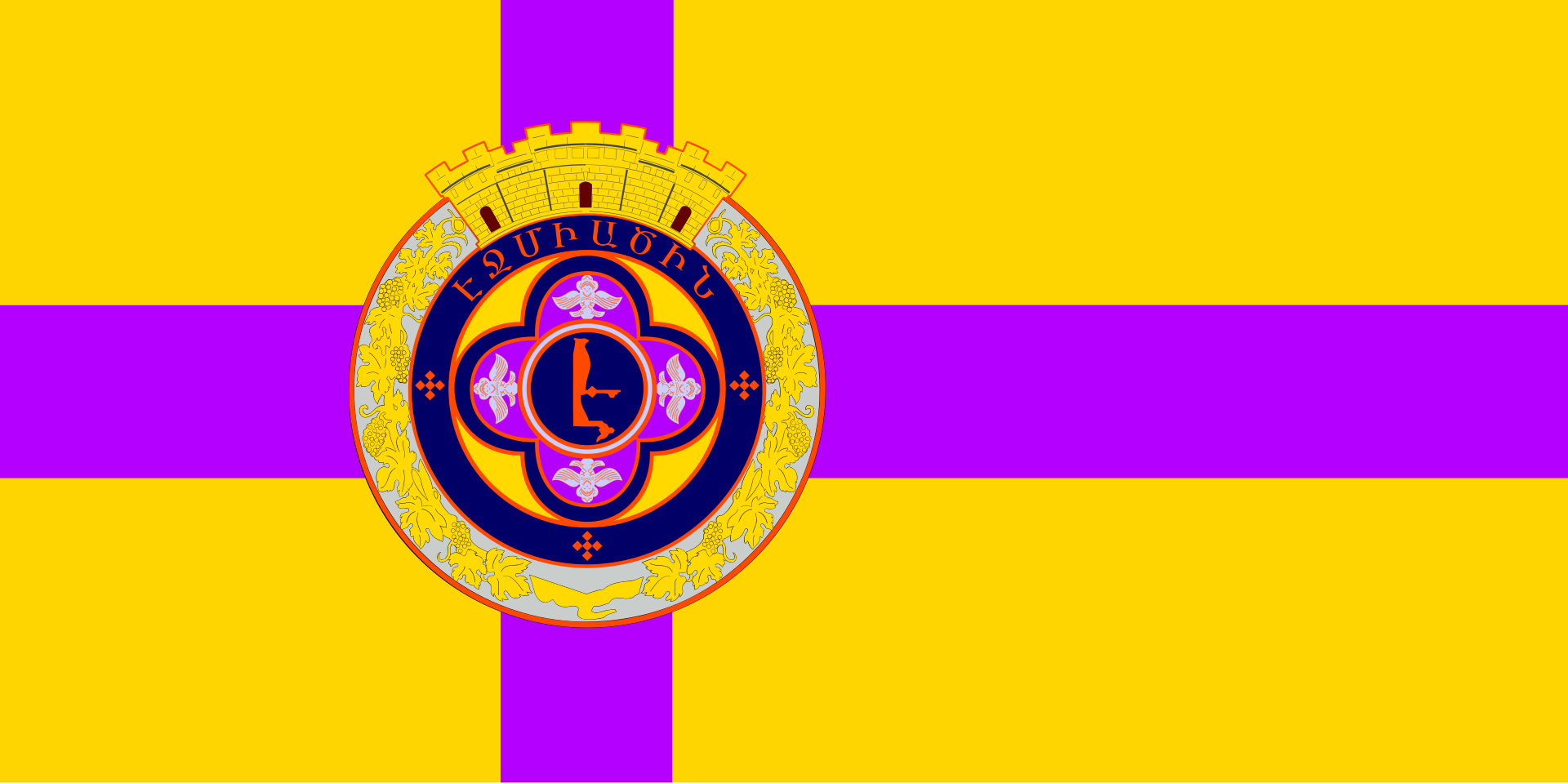
The influence of Turkish-Armenian relations on the resolution of the Nagorno-Karabakh conflict
Introduction Even before the final disintegration of the Soviet Union, riots began to grow in the Soviet Socialist Republic of Azerbaijan, at the heart of which was the Nagorno-Karabakh dispute. This mountainous territory is appropriated for historical and ethnic reasons by both the Azerbaijani and Armenian nations. The declaration of an independent Republic of Azerbaijan and Armenia in 1991 exacerbated the conflict to such an extent that a several-year war broke out, at the end of which Azerbaijan was militarily defeated and Armenia took control of almost a fifth of Azerbaijan's territory.





